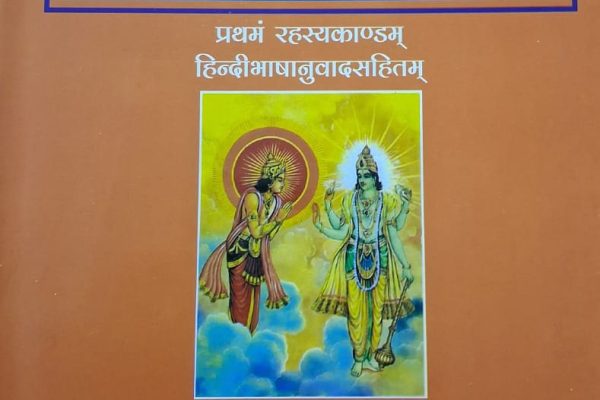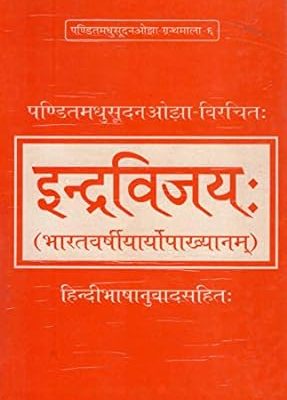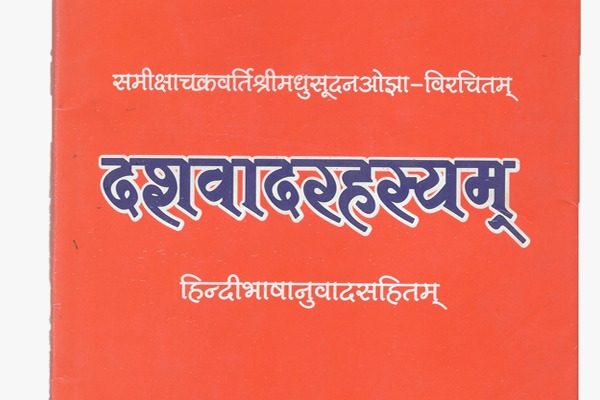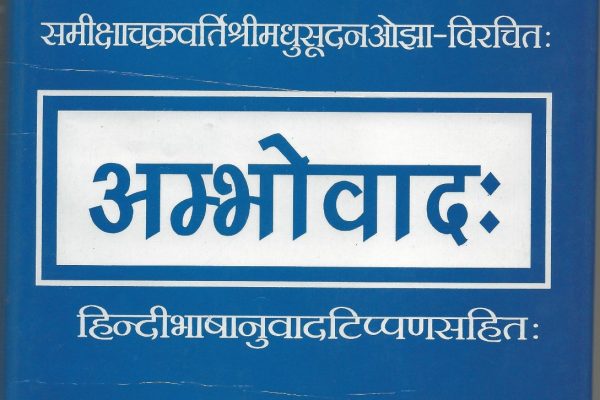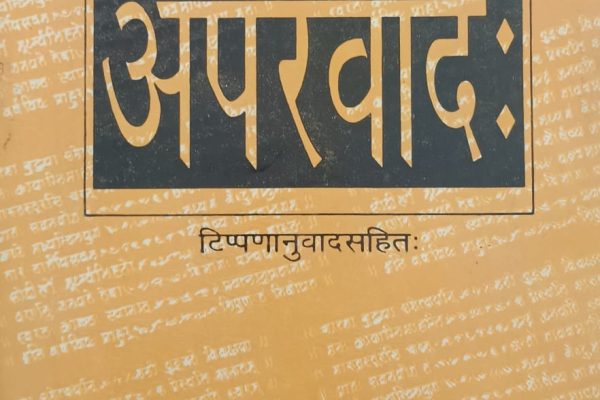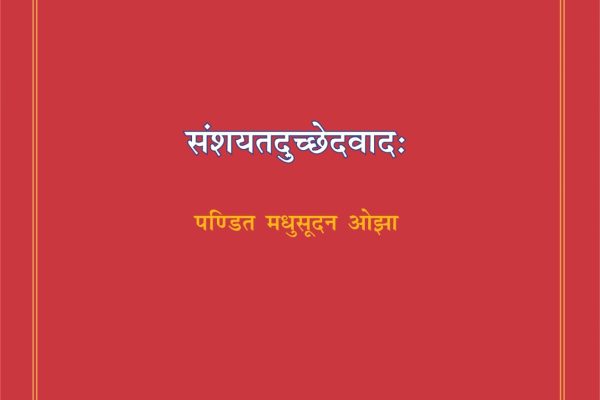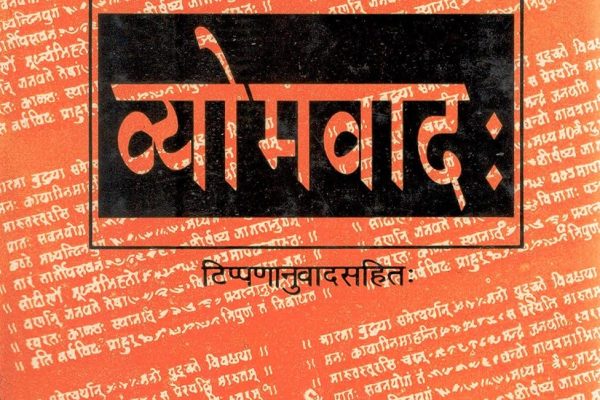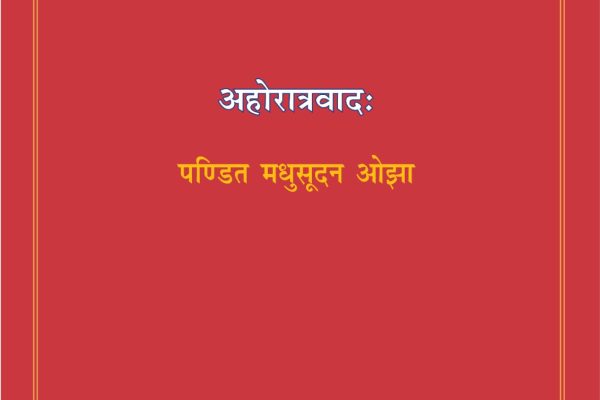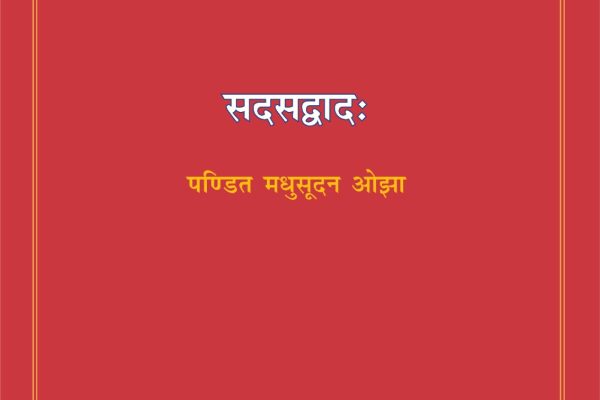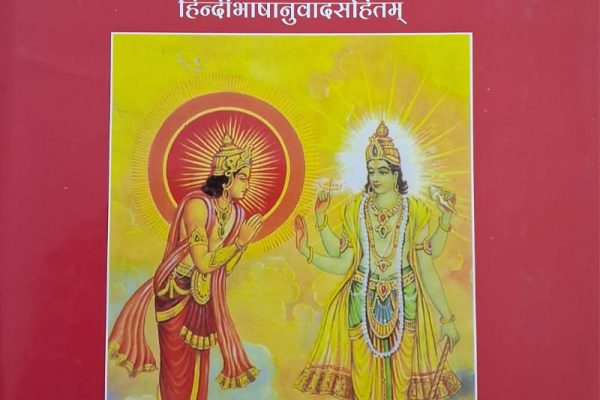
Gita-vijnanabhashya-mula khanda
In this second volume of commentary on Bhagavad Gita. Ojahji has described two aspects of Gita–historic and scientific. Sixty four shlokas are related to history or itihasa and six hundred thirty six are related to vedic science. In the section on vedic science, four vidyas or knowledge systems are mentioned along with introduction and conclusion. There are in total 36 upanishads. The four knowledge systems are rajarshi vidya, sidha vidya, raja vidya and arsha vidya. Ojhaji has divided the entire Bhagavada Gita into these four vidyas. गीता-विज्ञानभाष्य -मूल-काण्ड भगवद्गीता पर टीका के इस दूसरे खंड में ओजाजी ने गीता के दो पहलुओं का वर्णन किया है- ऐतिहासिक और वैज्ञानिक। चौंसठ श्लोक इतिहास या इतिहास से संबंधित हैं और छह सौ छत्तीस वैदिक विज्ञान से संबंधित हैं। वैदिक विज्ञान के खंड में, परिचय और निष्कर्ष के साथ चार विद्याओं या ज्ञान प्रणालियों का उल्लेख किया गया है। कुल 36 उपनिषद हैं। चार ज्ञान प्रणालियां राजर्षि विद्या, सिद्ध विद्या, राजा विद्या और अर्शा विद्या हैं।Hindi Translation/हिन्दी अनुवादSanskrit/संस्कृत
